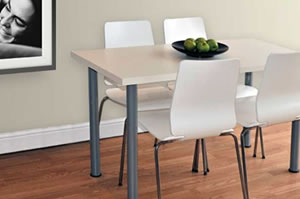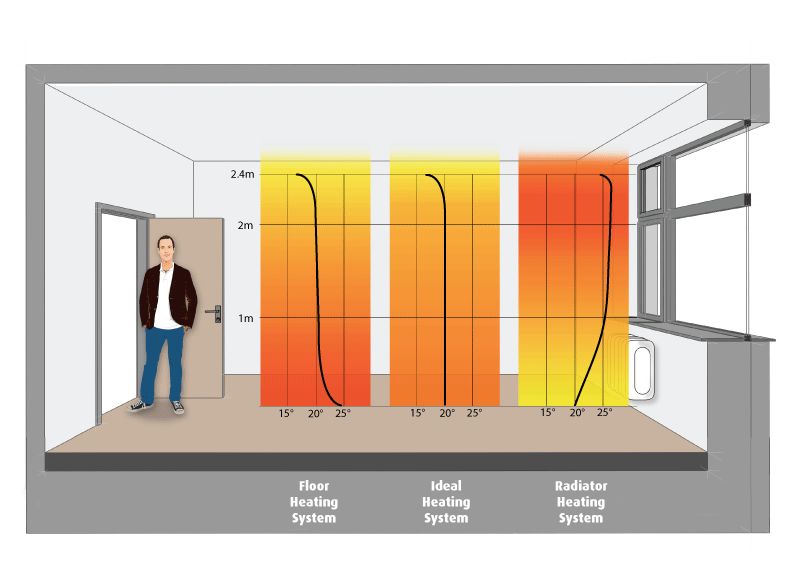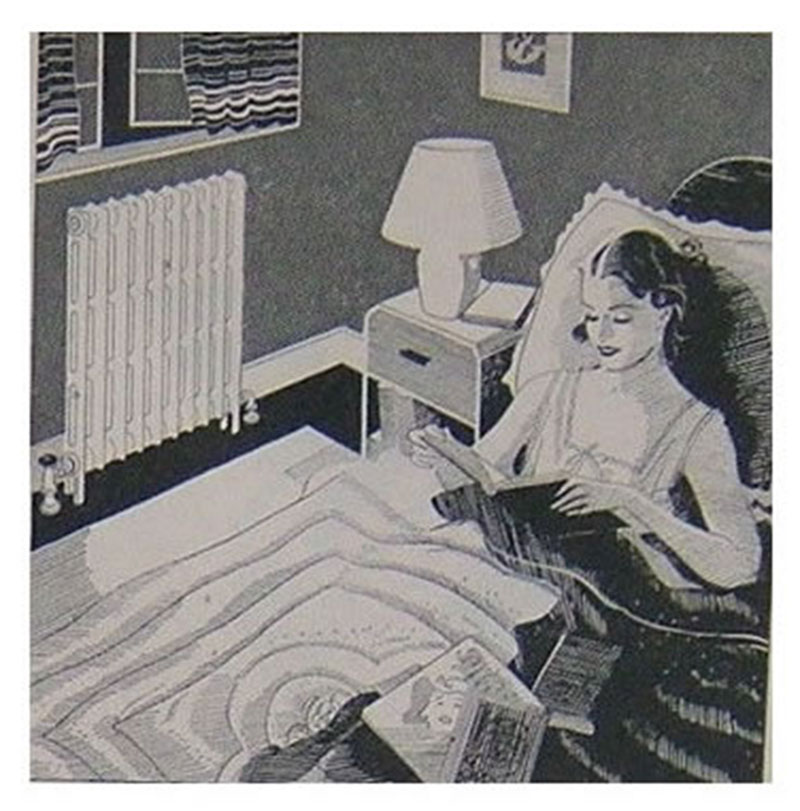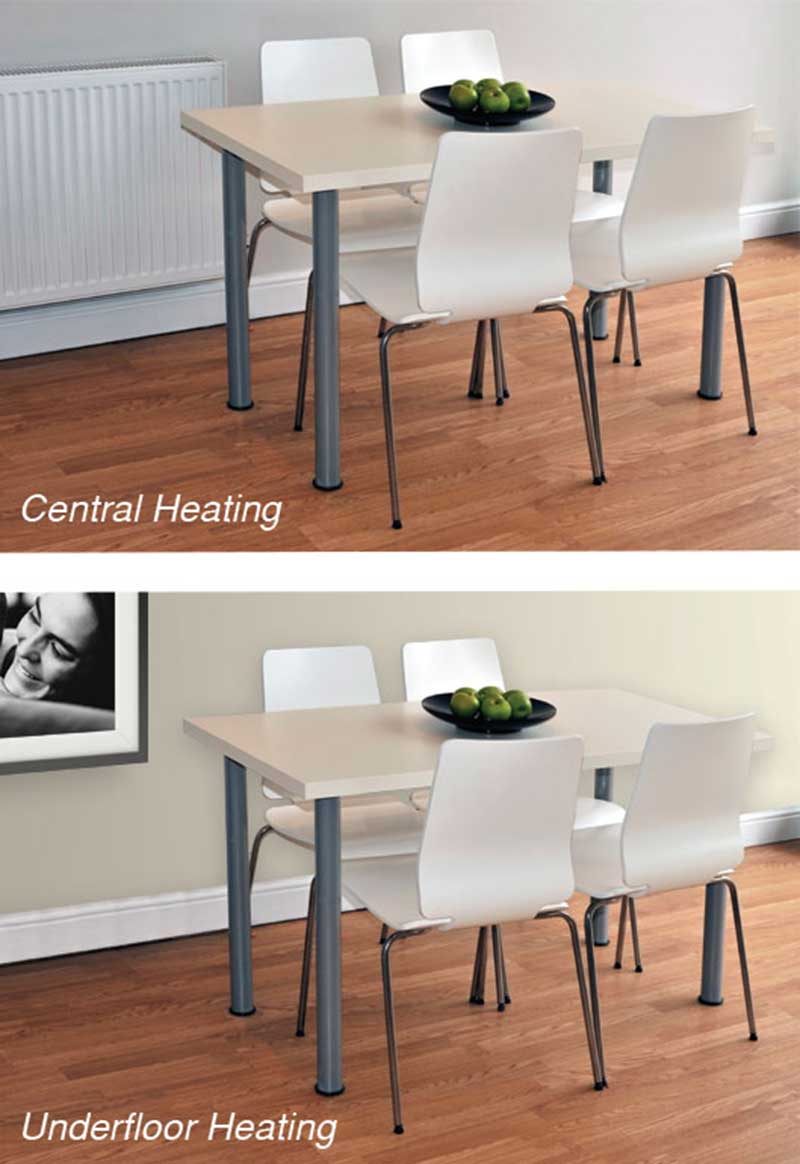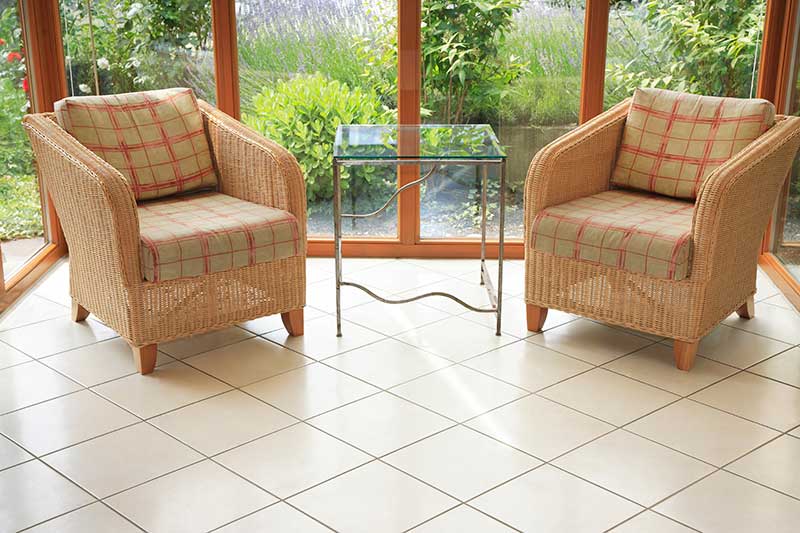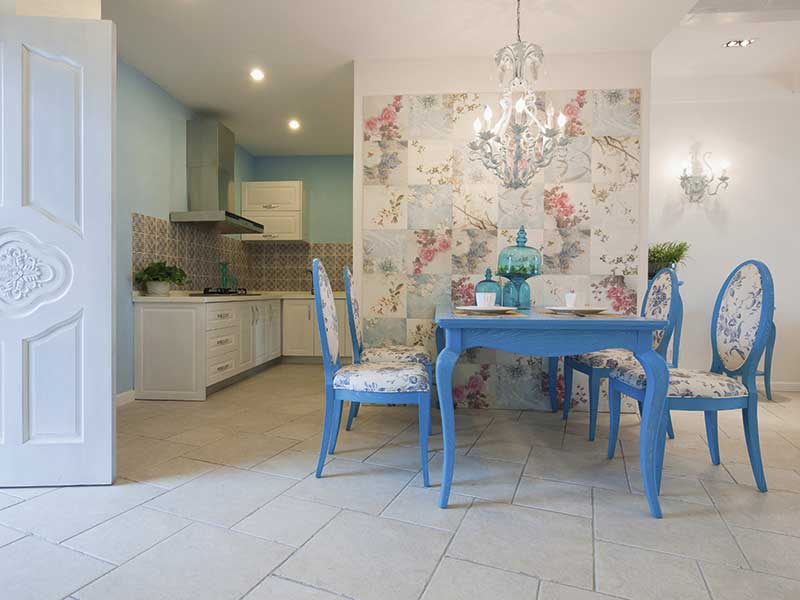Central Heating with radiators was introduced in the 30’s and has since been used as the standard heating system for US homes while remaining more or less unchanged for the past 8 decades. More recently, Heated Floors are being used in US houses as the heating system of choice, offering unrivaled comfort and luxury.
Below, you will find a comparison of these two systems, and an explanation of why we feel that Heated Floors are the best solution for heating a home.
HEAT DISTRIBUTION WITH HEATED FLOORS
Your choice of a heating system determines the way heat is distributed. Underfloor heating produces radiant heat which makes you feel warm. The term radiant heating is used as radiation is responsible for a significant proportion of the “thermal comfort” achieved by this form of heating.
Radiators work by heating the air surrounding them using convection. The air heated by a radiator rises towards the ceiling and once this warm air has cooled down, it falls down to the ground level to be heated by the convection of the radiator again. This creates a flow of hot and cold air and inevitably, hot and cold spots where areas near to the radiators are warmer than the areas elsewhere in the room.
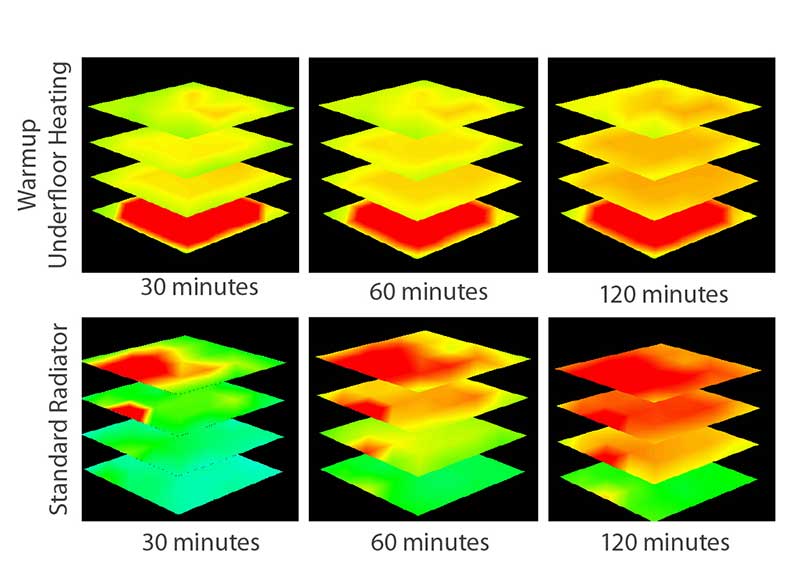
Heated Floors and radiators distribute heat differently. This illustration compares radiant floor heating and the uneven heat distribution from a radiator system. As some areas take much longer to heat with radiators and other areas are overheated, hot and cold spots reduce desired comfort levels.
EFFICIENCY & COMFORT OF A SYSTEM
The way the heat is distributed impacts the efficiency and comfort of the heating system. Radiant heat heats object directly and it maintains the natural humidity in a room, whereas convection of warm air tends to reduce humidity, which can make the heated area feel stuffy. If the whole floor of the room is heated then radiant heat gives a very even spread of heat, whereas convectional heating heats one area initially and then takes time to circulate to reach the required comfort levels. Rising air temperature through convectional heating can cause discomfort and overheating, which in turn can reduce oxygen levels, and ultimately breathing problems if the air is too warm.
Radiant floor heating provides heat where it is needed and reduces the risk of overheating the body and it is as close to ideal heating as possible.
OVERHEATING IS INEFFICIENT AND EXPENSIVE
Radiators were introduced as a luxury in the 30’s, but they are prone to overheating which makes a heating system far less efficient. Ventilation is often eventually required, such as opening a window, causing the energy to be lost to the environment – as seen in this advertisement from Punch magazine from the 1930s.
The way radiators produce heat creates hot and cold spots, meaning that in order to feel warm further away from the radiator, you need to turn up the room temperature. This will cause the radiators to create more heat and reduce the cold spots, but at the same time make the area near the radiator even hotter. This overheating means that the room temperature will eventually become too hot, creating the need to open windows to let fresh air in, but at the same letting the heat escape, wasting energy and money. Wasting energy is expensive as overheating by just 1% can increase fuel costs by 8% (Source: Carbon Trust) which can really push your heating bills up.
DECORATING YOUR HOME IS EASIER WITH HEATED FLOORS
Underfloor heating is a decorator’s dream as it does not take up any floor space and as the heat source is within the floor. Radiator systems are often bulky and need to be inside the room, which means that wall space must be allocated. This area also needs to keep this area free of furniture to allow air circulation.
Heated floors do not restrict the placement of furniture and give full design freedom in a home, unlike radiators which are often bulky and space hungry.
INDIVIDUAL TEMPERATURE CONTROL IN EACH ROOM – ZONING
Heating is more efficient when it is used zone by zone. In the majority of cases, underfloor heating is used and zoned room by room, with a thermostat controlling each specific zone. Therefore, heating is only supplied to the room when it is required, reducing the amount of energy needed. Conventional radiator systems, however, tend to heat up throughout the whole house at once, based on a central thermostat. This can cause overheating and under-heating depending on the thermostat location and is less efficient that heating individual zones.
Underfloor heating is a modern heating system that can be installed in both existing and new homes. Use our Underfloor Heating Product Selector to find the suitable products for your next project or for more detailed information and the cost of the system, why not get a quote.
